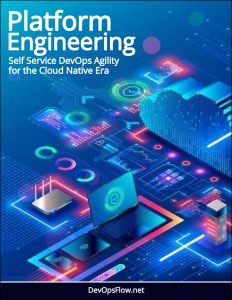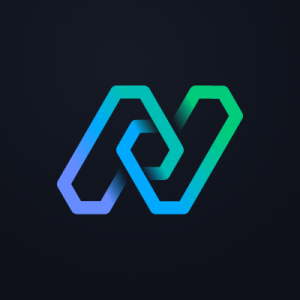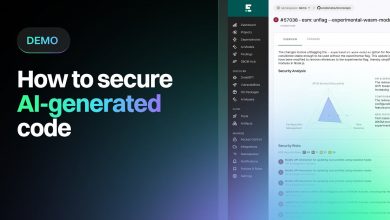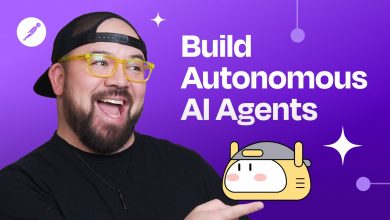Azure Platform Engineering: Best Practices, Blueprints and Vendor Capabilities
A comprehensive guide to implementing Platform Engineering with the Azure Cloud and Partner Solutions.
 At 10m:50s of his interview Mark Russinovich, Azure CTO, describes how ‘Platform Engineering’ is emerging as the best practice for empowering more productive developers.
At 10m:50s of his interview Mark Russinovich, Azure CTO, describes how ‘Platform Engineering’ is emerging as the best practice for empowering more productive developers.
He is explaining Radius, a new application platform they have released to support the development and deployment of Cloud Native applications.
Radius is intended to facilitate the abstraction of applications from their underlying infrastructure so that the applications can be commonly deployed to any Kubernetes environment.
Enterprise developers want to focus on their code writing without also having to learn everything about Kubernetes too, and so Radius frees and empowers developers from this requirement. Hence Radius is an ideal mechanism for building environments intended to enable Platform Engineering practices.
Azure Platform Engineering
In short it’s for the core component of an ‘IDP’ – Internal Developer Platform, the central feature of Platform Engineering. As PlatformEngineering.org describes:
“Platform engineering is the discipline of designing and building toolchains and workflows that enable self-service capabilities for software engineering organizations in the cloud-native era.”
In the feature video Dan Sol and Mark Weitzel of Microsoft share their vision for Platform Engineering, describing that in essence it is the matured evolution of DevOps, building on top of it to address the exploding complexity of modern Cloud and developer technologies. They share insights covering:
- How to establish Platform Engineering as an organizational capability.
- Microsoft’s own adoption journey and the technologies and architecture used.
- What Metrics and KPIs can guide the success of an IDP strategy.
- Core design principles for implementing Platform Engineering.
- How to build a pre-configured application hosting environment.
Another Microsoft expert talk explores these practices further. Self-Serve App Infrastructure explains how using Azure Deployment Environments empowers devs to quickly deploy the right environment at the right time using standardized, project-based templates.
In this insightful video, Kaspar Von Grünberg from Humanitec shares practical guidance and best practices for architecting an enterprise-grade IDP, explaining the core design principles including golden paths, standardization, dynamic configuration management, developer workflow freedom, and code as the single source of truth.
 Azure Reference Model
Azure Reference Model
Furthermore Kaspar offers this reference model for a specific implementation on Microsoft Azure, explained in this video presentation, where he walks through the architectural components of a modern dynamic IDP based on real-world experiences:
- Learn design principles for a scalable IDP using interchangeable tools such as Azure EKS, Humanitec, Azure Pipelines, Terraform, and more.
- Design great interaction patterns for platform engineers and developers to standardize config files and enable true developer self-service.
- Solve common challenges such as low levels of productivity and innovation, missing self-service, cognitive developer load, and lack of standardization through transforming your static CI/CD setup into an enterprise-grade IDP.
Download the presentation slides here.
 Featured Partner: Northflank
Featured Partner: Northflank
As they describe here Northflank provides a DevOps solution ideal for enhancing the self-service developer experience, or delivering an Internal Developer Platform (IDP) or Application Delivery Platform (ADP) on Azure Kubernetes Service (AKS).



